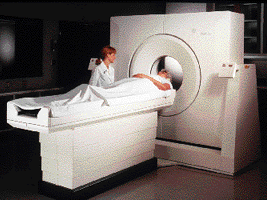Well, what a cracking afternoon we had. No sun to be seen in the sky, but Christine P, Sue W and Chris P reminded us it was the middle of summer by serving up delicious strawberry cream teas.
Twelve teams entered the contest, with many of them using the “egg” theme for their name: Eggsacting, Eggstatic, Eggythump, Eggcentric, Eggbound, Ovum and Lincolnshire Poachers. After Patsy had explained the rules (see the other post), the teams chose their eggstraordinary names and selected their numbered eggs. With only 30 minutes to complete their designs, there

Scramble for materials
was a bit of a scramble for materials before they could set to work.

it’s all about cooperation!
It was clear that some teams had given serious thought to the task, and had even eggsperimented at home; they finished well within the allotted time.

One they prepared earlier???
Others were making full use of the time to perfect their construction.

Finally, the egg-timer ran out and all the packaged eggs were re-weighed.
Patsy then called the teams to order for the judging.

Tension mounts as the eggs are tested
The audience was getting eggstremely eggscited by now, as Patsy took each packaged egg in turn and dropped it from a standard height onto the hard floor.

Testing the “crash helmets”
The packages were then carefully unwrapped and eggsamined to check for broken eggs and, amazingly, 9 out of the 12 eggs were unbroken. As tensions rose to an eggscruciating level, the unbroken eggs were ranked in order of package weight…
…and the winners were… Sputnik!

Sputnik being weighed
Sputnik by name, and sputnik by design: of all the eggs which stayed intact after being dropped, the one protected by the lightest weight of packaging (just 10.62 grams) was that of Sydney May, Vera Horsley and Ann Parker. Their minimalist packaging was very effective, and the projecting straws certainly gave it the look of a satellite.
For the most artistic appearance, team Eggstatic, comprising Sue Abbott and Derrick Fewings and egged-on by Alf Rubery, came up with an almost eggstra-terrestrial sputnik-like design to beat the rest.

Eggstatic’s sputnik scored highly for artistic impression
Overall, an eggsellent afternoon!
(Hope you didn’t mind all the corny yolks!)











